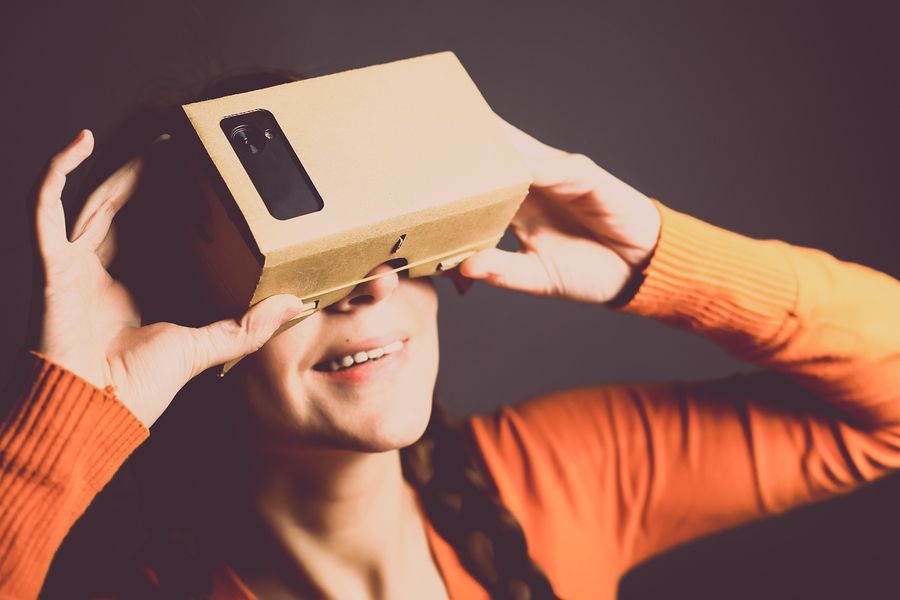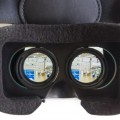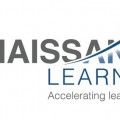
Google’s new Expeditions Pioneer Program allows teachers to take their students on virtual tours of the world’s most fascinating places.
A new virtual field trip system by Google allows students to take adventures where school buses can’t go.
With the Expeditions Pioneer Program, teachers can take their classes on simulated journeys to well-known places around the world without leaving the classroom.
Expeditions uses 360-degree panoramic views comprised of photographs from Google Street View. Using a tablet and app, teachers can guide up to 50 students wearing virtual reality viewers made from cardboard and a smartphone. Highlights can be labeled, and instructors can pause the journey to discuss images and ask students questions based on the class curriculum. The goal is to broaden the horizon of students who don’t have the means or ability to travel.
So far, Google has assembled 100 teachable journeys from notable places and attractions worldwide, including Peru’s Machu Picchu, the Great Wall of China, Independence Hall in Philadelphia and the Galapagos Islands of Ecuador. Eventually, the company may expand Expeditions to give students virtual tours of college campuses or different careers.
Expeditions can supplement more traditional educational tools to help students better visualize what they are learning. One English teacher has used it to take students on a tour of Verona, Italy, the setting of Shakespeare’s Romeo and Juliet. An economics instructor created a “Great Recession Tour’’ of Manhattan to show students the offices of Lehman Brothers and Goldman Sachs, places that played important roles in the crisis.
You Might Also Enjoy: Federal Government Asks Google for Help Fighting Student Debt Scams
Google is currently offering the pilot program free to schools in some parts of the United States, Australia, Brazil, New Zealand and the United Kingdom, but may eventually start charging for it.
Expeditions is Google’s latest education-related technology. In 2006, the Mountain View, Calif.,-based company launched Apps for Education, cloud-based email, calendar and document-sharing products for schools. Today, the company says 45 million students and teachers worldwide use the free apps. Last year, Google debuted Classroom, a free app that allows teachers to create, collect and comment on student assignments.
Other technology companies are following suit. Microsoft recently introduced OneNote Class Notebook, an app for notetaking, and Facebook engineers are working with Summit Public Schools in California to develop software that customizes learning to individual students.
These initiatives are part of a wider push by tech companies to focus on products specifically designed for classroom use, rather than revise existing consumer products and market them to schools.





